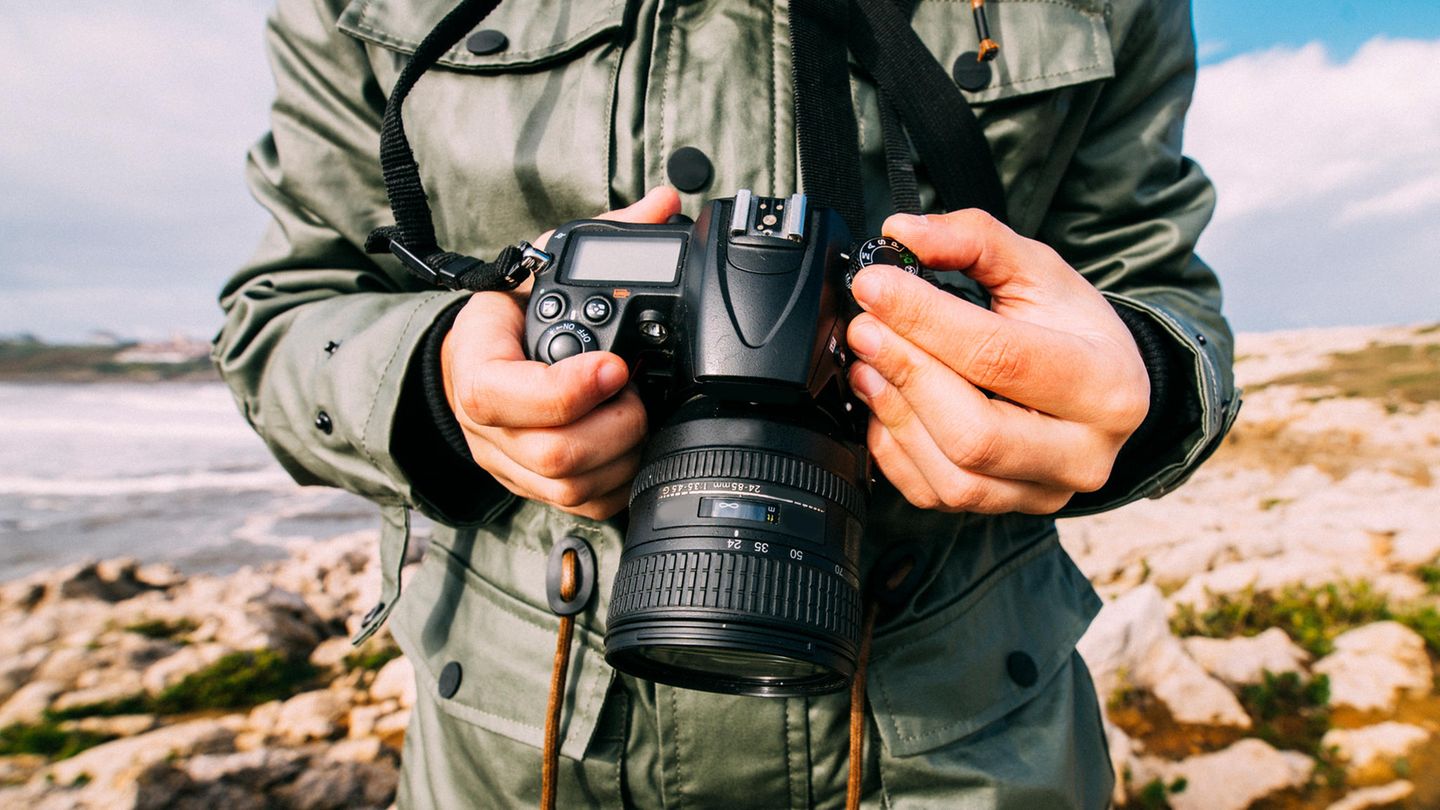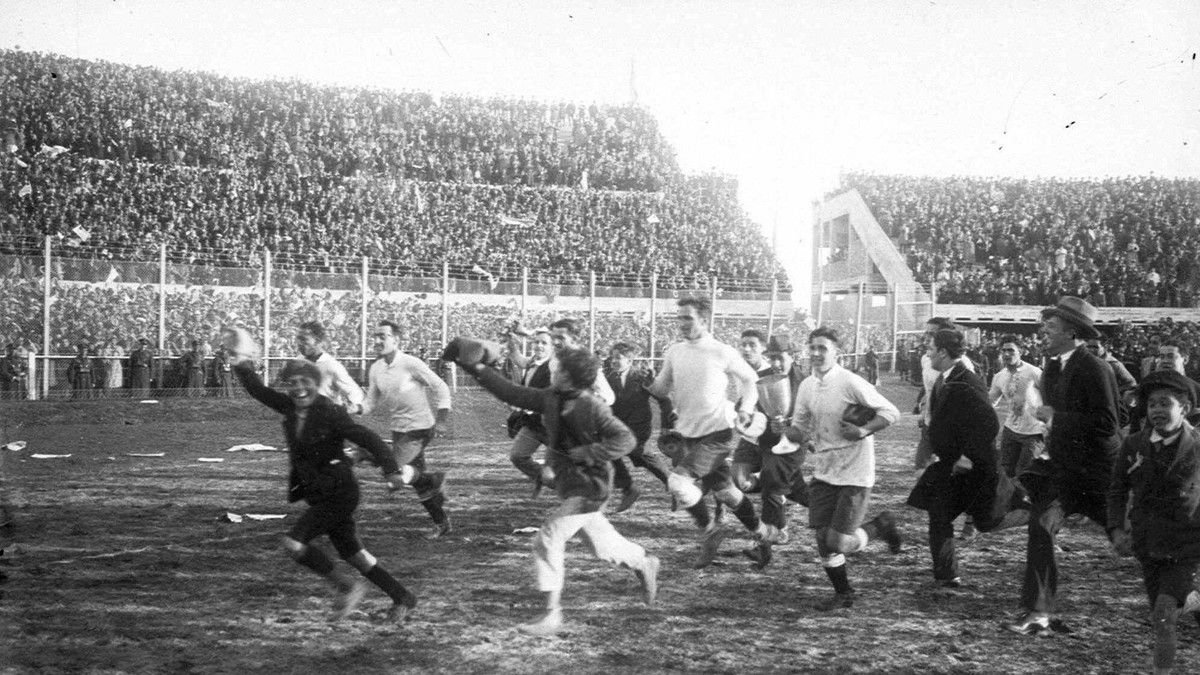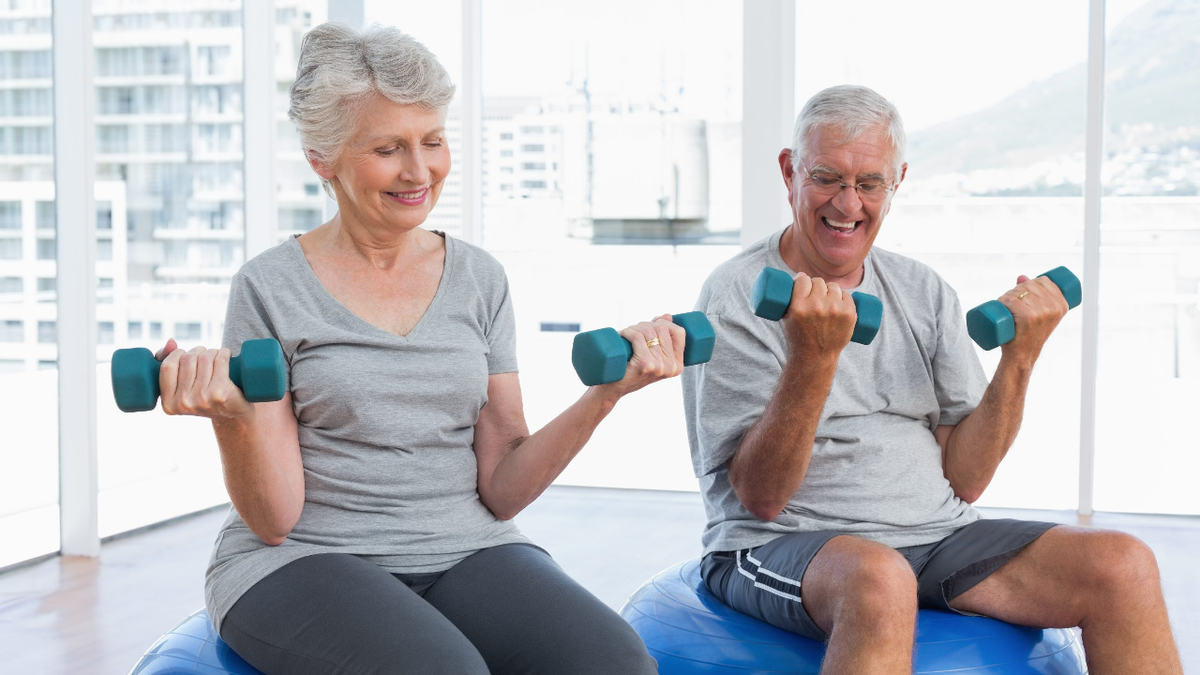Photography exerts a great fascination on budding amateur photographers. Whether you want to capture the world as it is or as it is not – it depends on the personal point of view. How can you learn to take photos? Here are helpful tips to get you started.
Anyone who walks through everyday life and finds inspiration for exciting photo motifs everywhere has probably thought about getting a good camera. Most smartphones deliver high quality snapshots, but photography only begins there. With your own camera, whether analog or digital, you can get creative and give your pictures a personal touch. To do this, you need the right camera and the knowledge of how to operate it correctly.
Tip 1: select a camera
Digital SLR or compact cameras are recommended for beginners. These are easy to use and are available from all major manufacturers. By the way, you don’t have to buy an expensive camera straight away, good entry-level models are available for around 400 to 500 euros. Before you buy, you should know the difference between a single lens reflex and a compact camera. The latter is also called refers to and dispenses with the mirror mechanism of an SLR camera.
The name given to the former is the mirror that is used inside the camera when taking photos, the single-lens reflex. The mechanism should ideally coordinate the viewing and recording axes. Also have via a large image sensor so that the images are full of detail and realistic. System cameras, on the other hand, offer the great advantage that the image sensor is large, as with SLR cameras, but the devices are lighter and more compact. So they are well suited for on the go and do not take up so much space.
Tip 2: get to know the camera
Cameras have different photo modes. Either your camera takes over all settings independently (fully automatically) or you set the parameters yourself. In between there are semi-automatic programs of the camera, which, for example, take over the setting of the exposure time and let you choose the aperture. For beginners in photography, it is important to know that you only really get to know the camera when you are familiar with its functions. Manual photography is the magic word, because it means that you set all the parameters of your camera yourself. On the one hand, this serves as an exercise; on the other hand, you will only then understand the relationships between aperture, exposure time, focal length and ISO value. You will find detailed information on the most important basic photography knowledge in this stern– Articles about amateur photography. Another option to acquire this knowledge is a .
Tip 3: take photos manually
As soon as you have acquired the most important basic photography knowledge, you should go straight to practice. Turn off the camera’s automatic mode and consider for yourself which parameters relating to aperture, exposure time and focal length are suitable for the subject of your choice. The more often you take photos manually, the better your feel for the composition and the optimal photo. Once you feel confident in using the camera, you can start experimenting and develop your own personal photography style.
Tip 4: avoid perfectionism
As banal as this tip may sound, practice also makes perfect photography. For you that means: Avoid perfectionism and just snap. If you think about the perfect photo, you probably won’t shoot it. If the aperture is opened too far and the picture is overexposed or the exposure time is too generous and the picture is out of focus, you will learn best from it and you can do better the next time you try. So don’t be afraid of mistakes or the technology of the camera. In the worst case, you don’t like the photo and you make a fresh attempt.
Tip 5: Invest in good lenses
The camera body is one thing, but the lenses are at the heart of photography. Means: The camera body is usually cheaper than the associated lenses. There are plenty of those. They differ in terms of technology, price and compatibility. Basically: Pay attention to the frame of your camera. With the compact camera from Sony you can recognize suitable lenses, for example, by the fact that they are labeled “E-Mount”. Because not every camera body fits every lens. Apart from that, the choice of lens decides which subjects you want to shoot. Anyone who likes to photograph landscapes a lot needs a wide-angle lens, whoever likes to take pictures from a distance, for example to get animals in front of the lens, is good with a telephoto lens and those who prefer to shoot portraits should opt for a lens with an open aperture.
David William is a talented author who has made a name for himself in the world of writing. He is a professional author who writes on a wide range of topics, from general interest to opinion news. David is currently working as a writer at 24 hours worlds where he brings his unique perspective and in-depth research to his articles, making them both informative and engaging.




